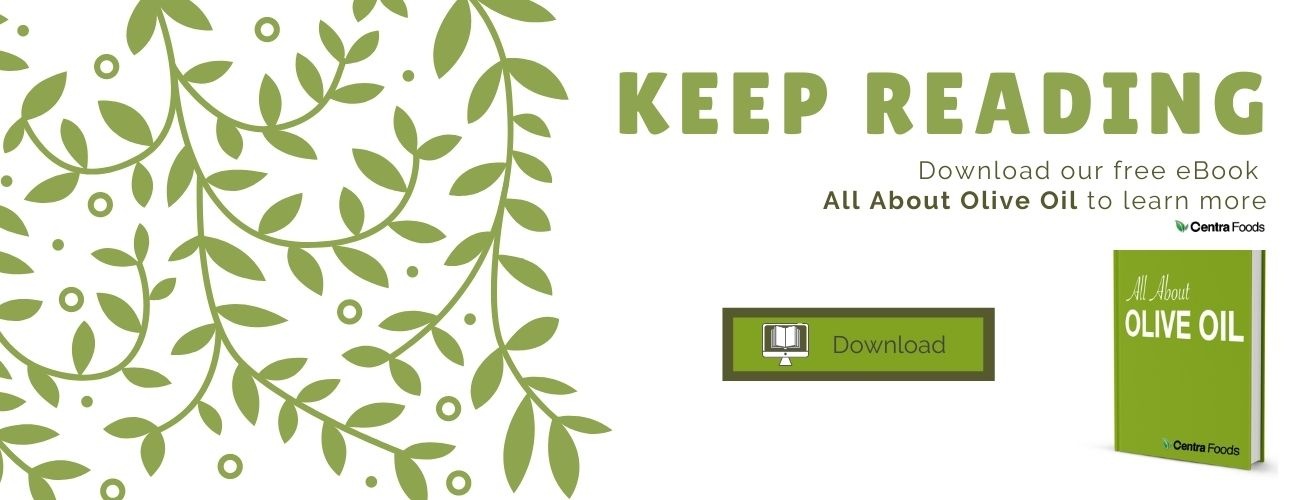
There are a few grades of olive oil that are commonly used in manufacturing, that you may not recognize from a retail shelf. If you’re new to purchasing and researching bulk olive oil for food/body care production, here is a review:
Refined Olive Oil
Refined Olive Oil is Virgin Olive Oil that has been processed and refined create a mild, light tasting, and more stable oil. The refining process also removes many of the health benefits that Extra Virgin Olive Oil offers (though this is debated). On a retail shelf, this olive oil is labeled “Light” Olive Oil.
Olive Oil (Pure Olive Oil)

Defined by the USDA, the grade “Olive Oil” is commonly referred to as “Pure Olive Oil” in the U.S. bulk and retail markets. In fact, this grade is comprised of Refined Olive Oil blended with Extra Virgin or Virgin Olive Oil; common blend ratios are 85% Refined and 15% Extra Virgin/Virgin, though they can range from 70/30 to 99/1. These ratios are determined by the supplier/manufacturer and can account for some of the price differences in Pure Olive Oil across the market. This oil has a milder taste and color than Extra Virgin or Virgin Olive Oil, but not as light as the Refined Olive Oil.
Olive Pomace Oil
Olive Pomace Oil is oil that is extracted from the pomace of the olive. “Pomace” is pulp made from the olive pit and already-squeezed olive fruit. When an olive is picked, it is ground into a paste which is squeezed or spun to get the initial oil out. The dry pulp left over is called the olive pomace.
A solvent (typically hexane) is added to the pomace to extract any remaining oil. The solvent is removed, and the remaining Pomace Oil is refined. This is a similar process used to manufacture any seed oils like Soybean or Canola.
Each of the olive oil grades above are commonly used in both food and body care manufacturing throughout the US and Canada.
















